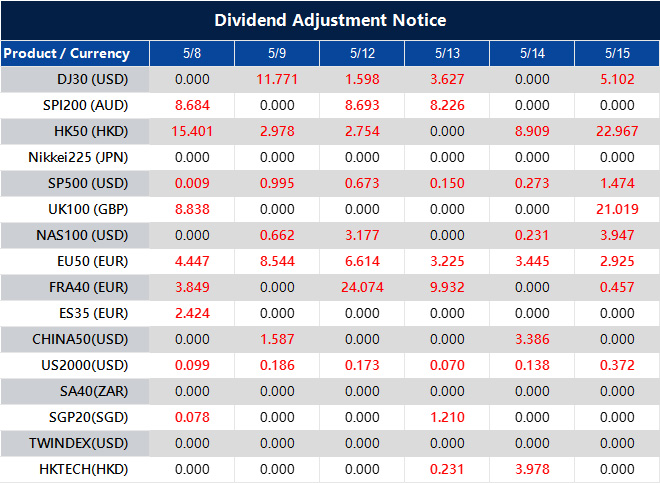Reports suggest that Trump’s anticipated announcement is likely to involve preliminary discussions about a trade deal with the U.K. This announcement, teased earlier, is expected to focus on the framework for adjusting tariffs.
Trade expert Tim Brightbill indicates that the announcement may merely signal the start of negotiations, outlining key issues for future talks. Topics likely to be addressed include tariff rates, non-tariff barriers, and digital trade, each presenting complex challenges.
Initial Announcement May Be Preliminary
Initial reports claimed Trump was promoting a major trade deal set to be revealed in Washington. However, analysis by the Wall Street Journal suggests the announcement may not lead to immediate major agreements, instead laying the groundwork for future negotiations.
What this means, in plain terms, is that the anticipated message will not involve the unveiling of any binding trade pact or finalised tariff structure. Rather, it is likely to gesture towards the beginning of talks aimed at reworking current arrangements – possibly lowering or modifying existing tariffs on goods bound for and from the United Kingdom. Brightbill, an individual with experience in international trade policy, implies that the announcement could simply present a catalogue of goals without committing to outcomes. That matters chiefly because it tempers expectations around timing.
We read this as a moment guided more by political strategy than by settled economic objectives. The suggestion of a “deal” in Washington might cause some confusion, especially in markets that respond strongly to headlines. But behind the headline, there’s a quieter reality. Negotiating such agreements often takes months, sometimes years, involving minute attention to legal definitions and sector-specific concessions. Thus, the chances that this announcement will deliver a change in import or export flows any time soon appear remote.
Implications for Market Volatility
Where this becomes directly relevant for traders in derivatives is in volatility expectations. During moments like these, prices of options and futures tied to trade-sensitive sectors – especially those involving raw commodities and industrial goods – may see speculative adjustments. As expectations shift, so do implied volatilities. We will be watching option chains closely for material moves following the official statement. Though this is not yet a policy change, even a confirmed direction of talks could lead investors to reprice risk related to cross-border flows – including currency pairs like GBP/USD.
From experience, political theatre can introduce sudden moves in implied forward curves. If this week brings only a framework document or speech signalling intentions, one should be alert to overreactions. Not because markets are irrational, but because short-term pricing often discounts noise before value. Traders positioning into that noise without adjusting for the absence of concrete details often find they’ve paid too much for too little.
That said, forward-looking activity in rates or indices tied to transatlantic trade metrics could begin to tilt. Watch for early shifts in pricing around British exporters – though action is unlikely to originate from domestic macro releases. Instead, pressure will come from anticipated downstream effects: tax treatments, customs delays, and digital service provisions.
In effect, this is the first step towards uncertainty – not clarity. As ever, that changes the question from “what’s agreed” to “what could be revalued.” We will be taking a defensive posture, but with attention turned towards how existing contracts might reprice assumptions about regulation, taxation, or partner exposure. Longer-dated expiries may begin to reflect wider expected ranges, even before anything changes materially.











